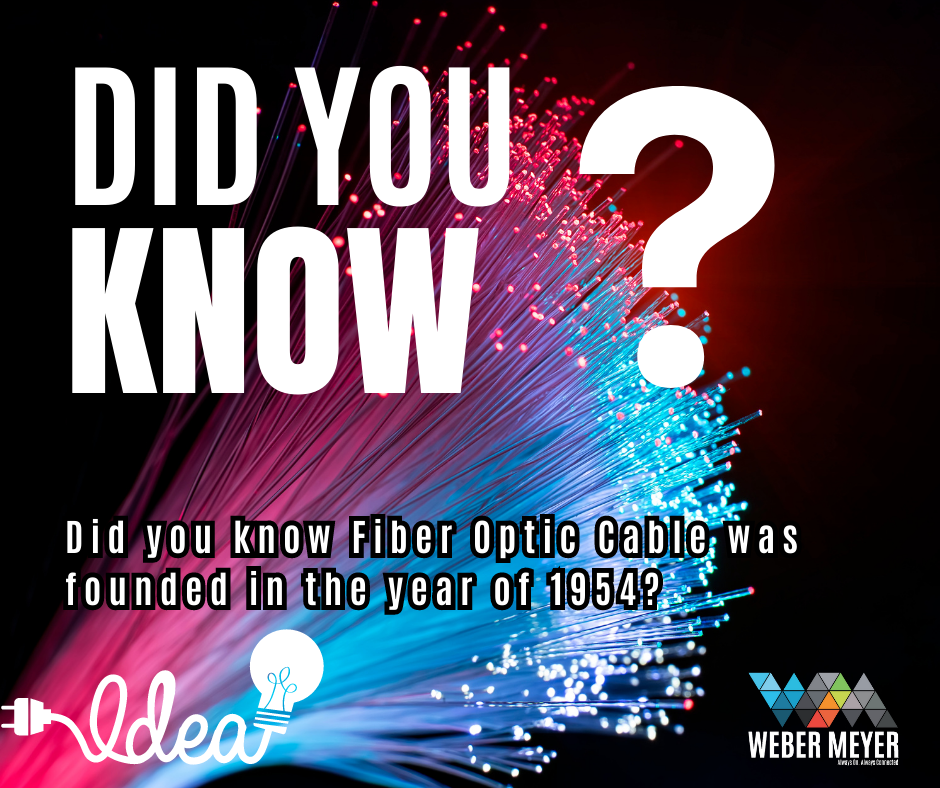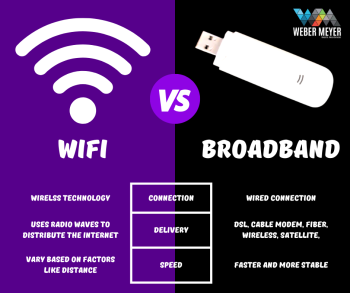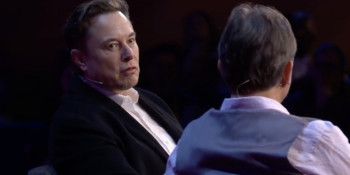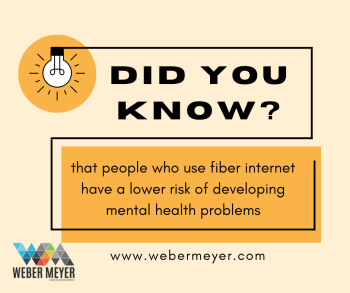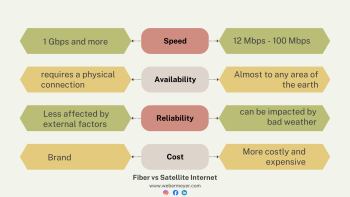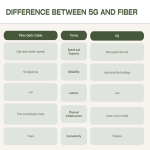The invention of fiber optic cables revolutionized the way information is transmitted across the world. The concept of transmitting data through light signals was initially proposed in the 19th century, but it wasn't until the 1960s that the first practical fiber optic cable was developed.
1. Early Concepts:
The fundamental principle behind fiber optics was first described by British physicist John Tyndall in the 1854 publication "On the Transmission of Rays of Light through Glass Tubes." He demonstrated the phenomenon of total internal reflection, which is crucial for guiding light along the length of a transparent medium.
2. The Development of Fiber Optics:
The real development of fiber optics began in the 1950s and 1960s, thanks to the efforts of several researchers and inventors. In 1954, physicist Narinder Singh Kapany, often referred to as the "father of fiber optics," coined the term "fiber optics" and made significant contributions to its early research. Kapany demonstrated that light could be transmitted through a transparent fiber bundle with total internal reflection, which paved the way for practical applications.
3. The First Fiber Optic Cable:
In 1966, Charles K. Kao, a Chinese-born British physicist, made a groundbreaking discovery. He calculated that the loss of signal strength in glass fibers was mainly due to impurities and imperfections in the material, rather than the material itself. This insight led to the development of low-loss optical fibers.
4. Practical Implementation:
Corning Glass Works (now Corning Incorporated) played a crucial role in the practical implementation of fiber optic technology. In 1970, researchers Robert D. Maurer, Donald Keck, and Peter C. Schultz developed the first low-loss optical fiber, which could transmit light signals over long distances with minimal loss of intensity.
5. Advancements and Commercialization:
Throughout the 1970s and 1980s, researchers and engineers continued to refine fiber optic technology, reducing signal loss and increasing data-carrying capacity. The first commercial installation of fiber optic cables was carried out in 1977 by the General Telephone and Electronics Corporation (GTE) in Long Beach, California.
6. Fiber Optics Today:
Since its inception, fiber optic technology has undergone significant advancements. Modern fiber optic cables are made of ultra-pure glass or plastic and can carry vast amounts of data over extremely long distances. They are the backbone of global communication networks, including the internet, telecommunication systems, cable television, and more. The use of fiber optics has also extended to various industries, such as medical imaging, military applications, and sensor technology.
In summary, the invention of fiber optic cables represents a remarkable achievement in the field of telecommunications and data transmission. It has transformed the way we communicate, enabling faster, more reliable, and higher-capacity data transfer over vast distances, making the world more interconnected than ever before.
